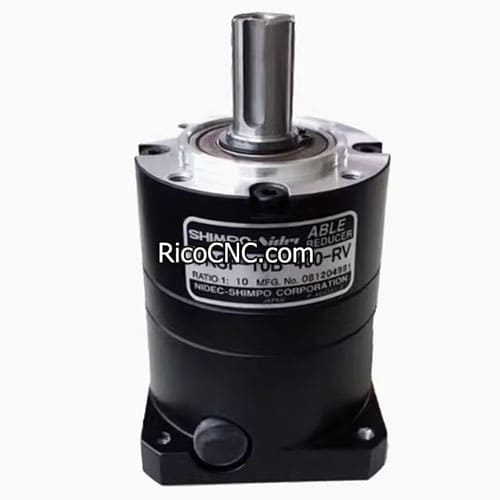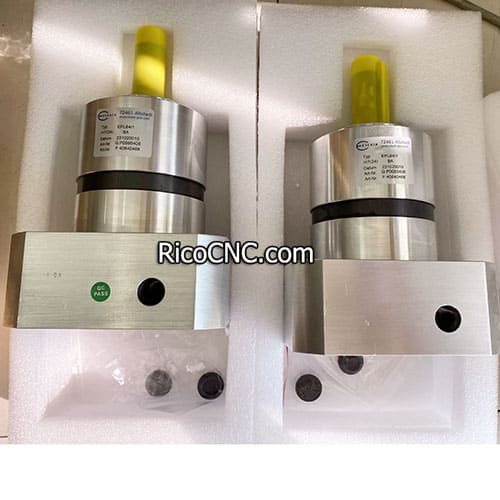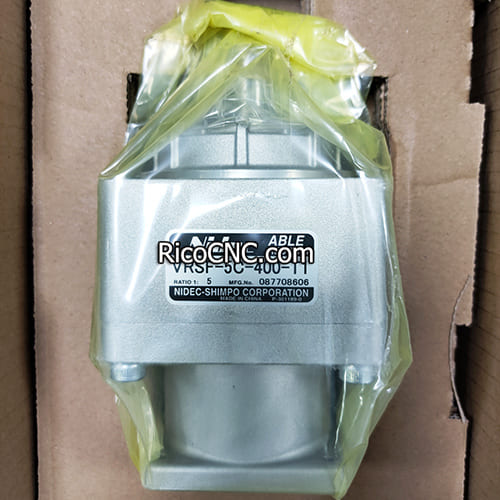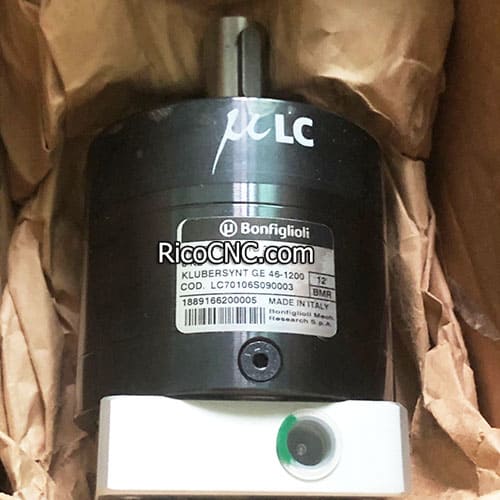

It is crucial to judge whether the reducer needs to be repaired or replaced when using it. Here are six key points to help you make a decision:
1. Symptoms and causes of reducer damage
Oil leakage: Check whether the reducer has obvious signs of oil leakage. Minor oil leakage can be solved by replacing the seals, but if the oil leakage is severe and frequent, it is necessary to further check the wear of the internal parts to determine whether the reducer needs to be replaced.
Casing condition: Observe whether the reducer casing has cracks or deformation. Damage to the casing may affect the internal structure and performance, and the reducer needs to be replaced in severe cases.
Connection part: Check whether the connection between the input shaft, output shaft, and connecting parts of the reducer is loose. Looseness will cause the reducer transmission to be unstable, and it needs to be tightened or repaired in time.
Sound identification

Abnormal noise: The sound of a normally operating reducer is uniform and stable. Once abnormal noises such as impact and friction are heard, it may be caused by wear of internal parts or improper assembly. If the noise gradually increases, the machine should be stopped in time to inspect and repair the reducer. If the noise is too loud and cannot be solved by repair, the reducer may need to be replaced.
Temperature detection
Temperature is too high: Touch the reducer housing with your hand to feel whether the temperature is too high. Normal operation will have a certain temperature rise, but excessive temperature may be caused by poor lubrication, overload operation or wear of internal parts. Use a thermometer for accurate measurement. If the temperature exceeds the specified range, the machine should be stopped immediately for inspection, find out the cause and repair it. If high temperature occurs frequently and cannot be solved, the reducer may need to be replaced.
Vibration inspection
Abnormal vibration: The reducer should be stable and without obvious vibration during operation. Use a vibration detector for measurement, analyze the frequency and amplitude of the vibration to determine the cause of the fault. If the vibration is too large and cannot be solved by repair, the reducer may need to be replaced.
Performance indicator monitoring
Performance degradation: Check whether the output speed and torque of the reducer meet the requirements. Performance degradation may be the result of wear, damage or poor lubrication of internal parts. At the same time, observe whether the efficiency of the reducer is reduced. Reduced efficiency means increased energy loss, which will affect the operating cost and performance of the equipment. If the performance indicators continue to deteriorate and cannot be restored by repair, the reducer may need to be replaced.

2. How to judge whether the reducer is broken
To judge whether the reducer is broken, you can start from the following aspects:
1. Listen to the sound: When running the reducer, pay attention to whether there is any abnormal noise, especially metal friction or impact sound. If these sounds appear, it may mean that the internal parts of the reducer are damaged.
2. Observe the appearance: Check whether the reducer has oil leakage, and whether the oil seal, connecting bolts and other parts are loose or damaged. These problems may be signs of damage to the reducer.
3. Check the temperature rise: During the operation of the reducer, touch the reducer housing with your hand. If you feel that the temperature is too high or smell a burnt smell, it may be caused by poor lubrication inside the reducer or severe wear of parts.
4. Measure performance: Use professional testing instruments to measure the performance indicators of the reducer, such as output torque and speed. If these indicators are found to drop significantly or fluctuate greatly, it means that the reducer may be damaged.
Therefore, once a problem is found in the reducer, it should be stopped for inspection and repaired by professionals. If a new reducer is needed, please contact us. RicoCNC can provide PF90L1 5-19-70-Y VGM Planetary Reducer, MF60XL1-10-K-11-50-S VGM Planetary Gearbox Reducer, PGE80 GEBO Planetary Gear Box Reducer. Welcome your inquiry.















